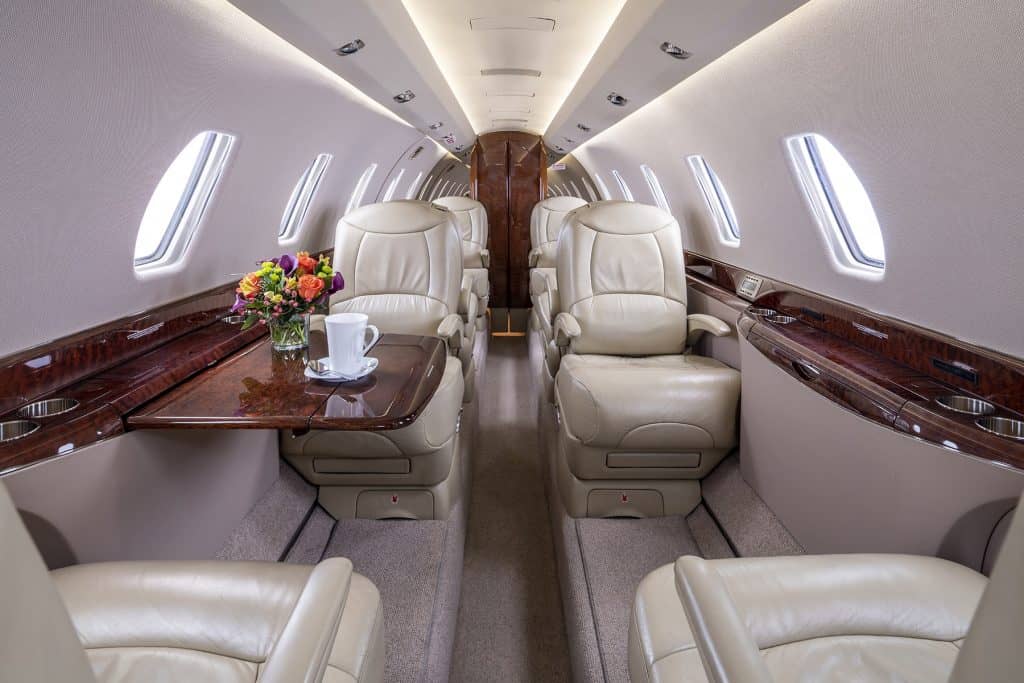Cessna – A Look Back at a Pioneer in Light and Private Aviation
Cessna: The Rise of an Aviation Giant
Cessna is an American company, founded in 1927 by Clyde Cessna, that has established itself as one of the world’s leading manufacturers of light and business aircraft. Since its creation, Cessna has innovated and adapted to the demands of the aviation market by offering high-performance and reliable aircraft. In this article, we will explore Cessna’s history and highlight some of its iconic models.

The History of Cessna
Clyde Cessna, a farmer and self-taught mechanic, created the Cessna Aircraft Corporation in 1927 after successfully building and piloting his first plane, the “Silverwing.” The company began producing light and business aircraft, which quickly gained popularity for their reliability and performance.
Over the years, Cessna diversified its product range and expanded its international market presence. The company was acquired by General Dynamics in 1985 and then by Textron in 1992. Today, Cessna is part of Textron Aviation, which also includes the Beechcraft and Hawker brands.

Cessna’s Key Models
Among the many models produced by Cessna, here are some of the most iconic:
Cessna 172 Skyhawk :
The Cessna 172 Skyhawk is the best-selling aircraft of all time, with over 44,000 units produced since its first introduction in 1956. This four-seat light aircraft is valued for its ease of use, reliability, and versatility, making it a popular choice for flight schools and private owners.
Cessna Citation :
The Citation series includes several models of business jets, ranging from the Citation 1 (or CJ1), a light jet capable of carrying up to 10 passengers, to the Citation Longitude, a midsize business jet with a range of 7,400 kilometers and a capacity of up to 12 passengers. Citation jets are known for their performance, comfort, and fuel efficiency.
Cessna Caravan :
The Cessna Caravan is a single-engine turboprop utility aircraft capable of transporting up to 14 passengers or an equivalent amount of cargo. It is particularly suited for operations in challenging environments, such as unprepared runways or remote regions. The Caravan is also used for cargo transport, medical evacuation, and aerial surveillance missions.
Cessna’s Strengths and Weaknesses
Cessna owes much of its success to the quality and reliability of its aircraft. The company’s strengths include:
- A diverse product range, covering the needs of individuals, businesses, and government organizations.
- A reputation for excellence in aircraft design and manufacturing, with a focus on safety, performance, and energy efficiency.
- A global presence, with customers in over 100 countries and an extensive support and service network.
However, Cessna also faces some future challenges:
- Intense competition in the aviation market, with players like Piper, Beechcraft, and Embraer offering similar aircraft and seeking to gain market share.
- Fluctuating fuel prices and environmental concerns, which can influence customer choices and drive them to opt for more fuel-efficient aircraft or alternative technologies, such as electric or hydrogen-powered planes.
- The need to continue innovating and investing in research and development to maintain its competitive edge and meet the growing expectations of customers regarding performance, comfort, and sustainability.

Cessna, an Example of Adaptability
Cessna is an iconic aviation company that has established itself in the market through the quality, reliability, and performance of its aircraft. By offering a diverse range of products, from light aircraft to business jets, Cessna has met the needs of various types of customers while maintaining a strong global presence. Despite the challenges and weaknesses the company faces, Cessna continues to be a major player in the aviation sector and remains a model for other aerospace manufacturers to follow.
To learn more about Cessna, you can visit their Wikipedia page or the Textron Aviation website.
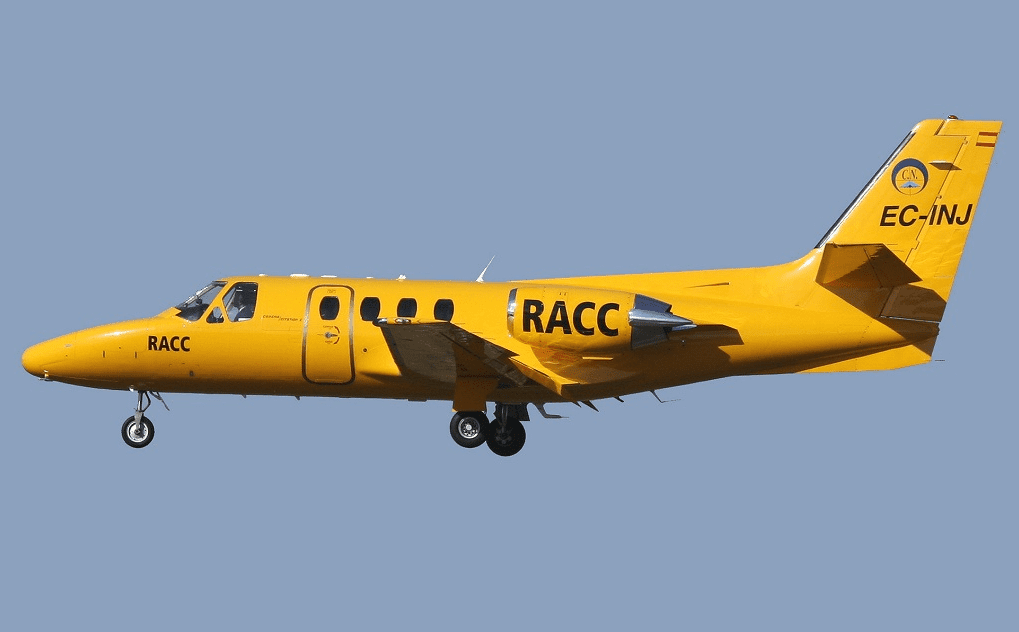
Cessna Citation 1 (CJ1)
The CitationJet 1 is a light business jet introduced in 1993. It offers a spacious cabin for its size, with a ceiling height of 1.45 meters. It can carry up to 5 passengers.
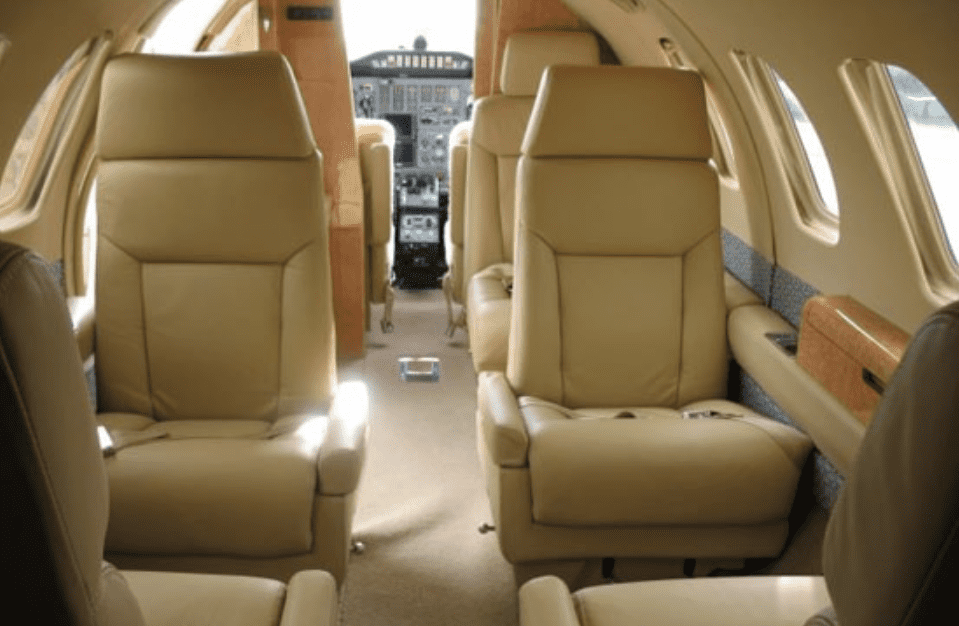

Cessna Citation 2 (CJ2)
The CitationJet 2 is an improved version of the CitationJet 1, introduced in 2000. It offers a greater range, reaching up to 3,000 kilometers, and a higher cruising speed, reaching 790 km/h.
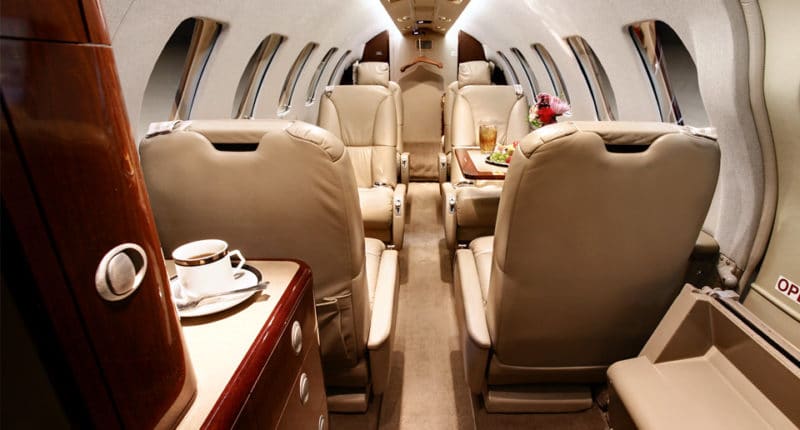
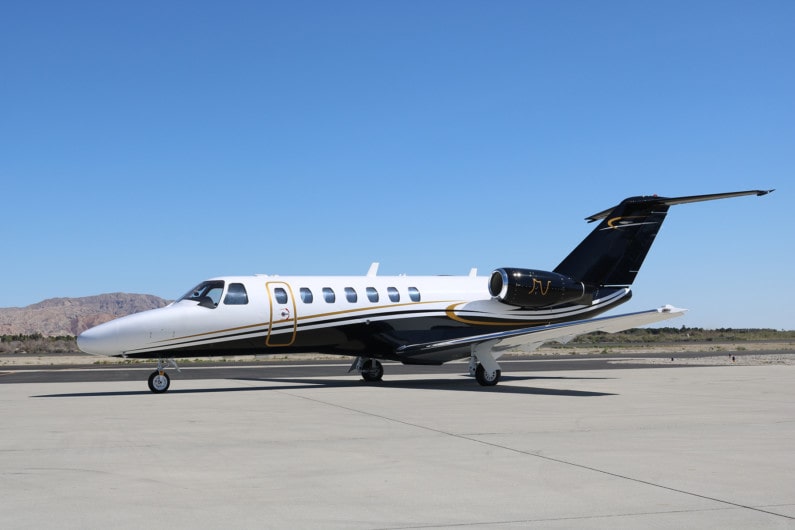
Cessna Citation 3 (CJ3)
The CitationJet 3 is another light business jet model from Cessna, introduced in 2003. It is equipped with two Williams FJ44-3A engines, offering better performance and greater fuel efficiency than previous models. The CitationJet 3 can carry up to 7 passengers.
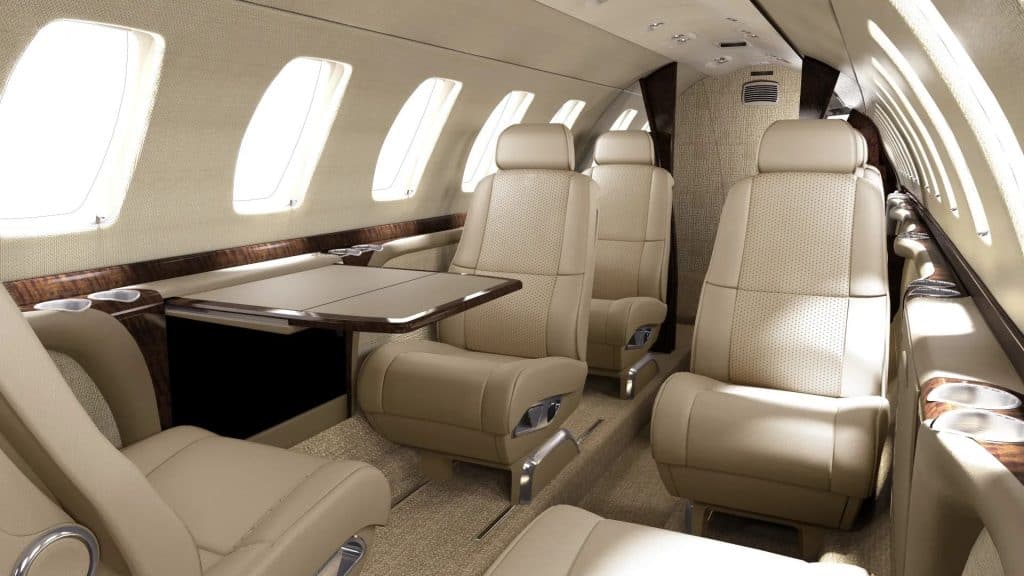

Cessna Citation Longitude (CJL)
The Citation Mustang is a small business jet introduced in 2006. The Citation Mustang offers a range of 2,400 kilometers and a cruising speed of 630 km/h. It is often used for short flights or shuttle operations.


Cessna Citation X
The Citation X is the fastest and most advanced model in the Citation range. It was introduced in 1996 and is equipped with two Rolls-Royce AE 3007C1 engines, offering a maximum cruising speed of 1,066 km/h. The Citation X can carry up to 8 passengers and offers a range of 5,930 kilometers, making it an ideal choice for transcontinental flights.
